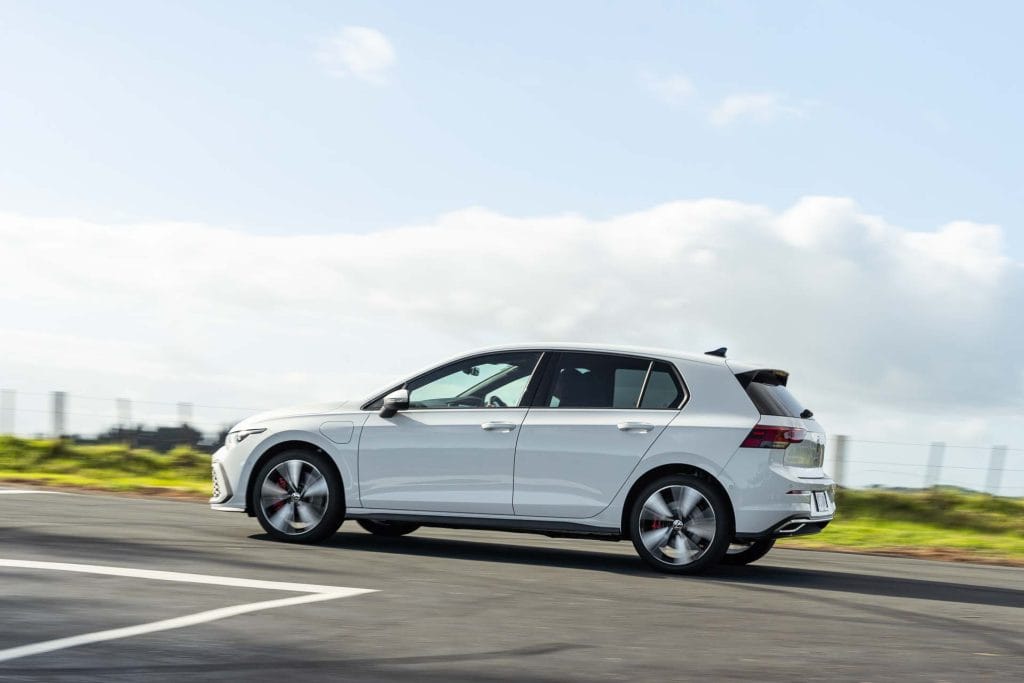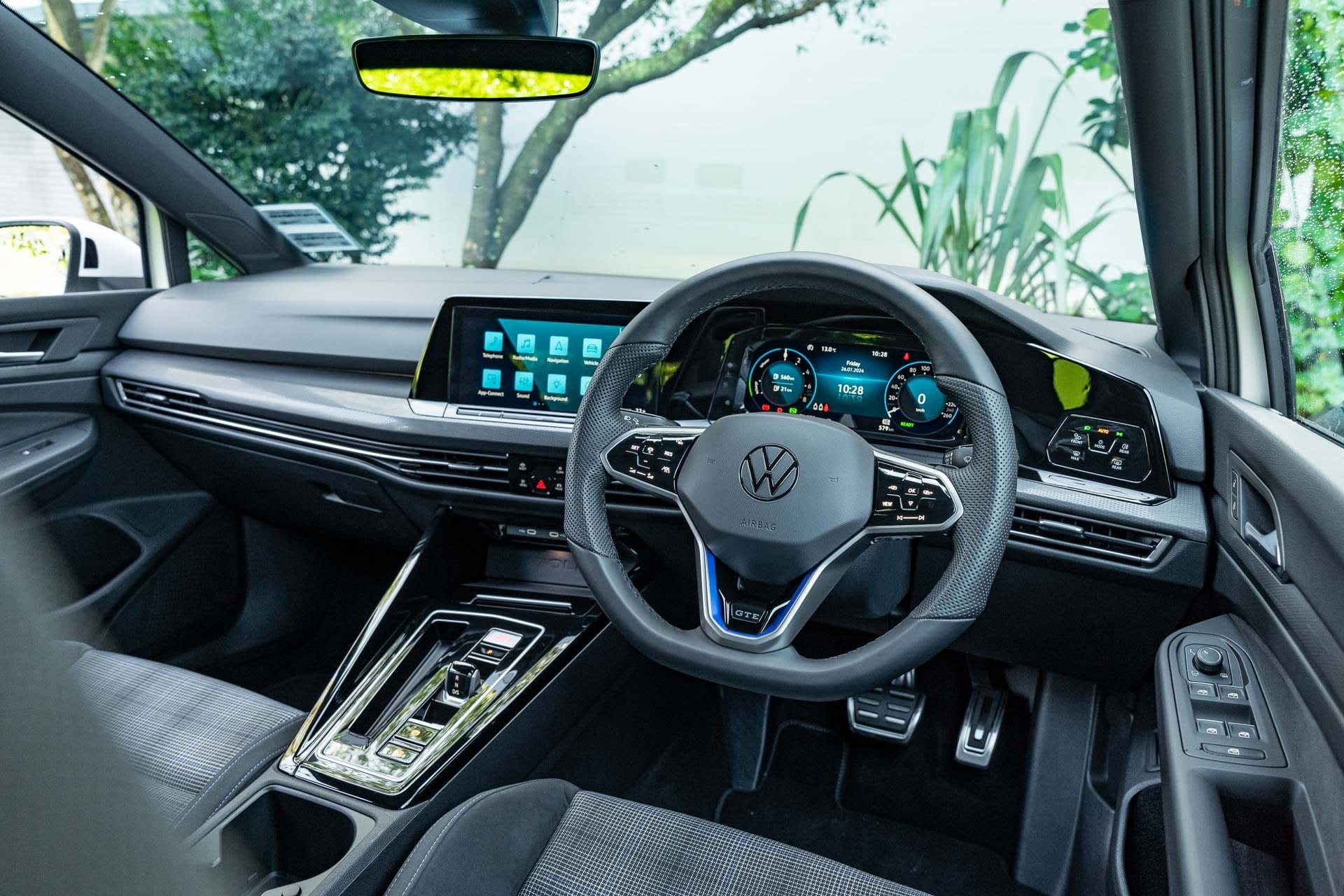2024 Volkswagen Golf GTE review

It might not look as angry as a GTI but VW’s GTE is all but as quick and is also capable of seriously low fuel use.
Sometimes vehicles happen along and you wonder why you’re driving them. So it was with Volkswagen Golf’s GTE, a plug-in hybrid.
Are we driving it because the Golf has just turned 50? Kind of, yes. The milestone happened in May, and evidently VW has made 37 million Golfs during the past half century.

It’s not the world’s best selling car, which would be Corolla, but it is in second spot if you ignore full-sized pick-ups, like the F-150.
Golf has just been updated overseas, and is now into its Gen 8.5 iteration. It features new lighting and bumpers up front and rear, and new tech inside, including AI-enhanced voice control.
But it’s not here yet and instead we are sampling a PHEV variant of the outgoing model. That’s in part because everyone is really into hybrids of all kinds at present.
And that’s on account of the EV revolution being on-pause currently, as governments can no longer afford EV subsidies.

And to add insult to injury here, they’ve slapped on road user charges that are the same as those for the high-emitting diesels. Doesn’t seem quite fair does it, given EVs are emissions-free.
Anyhow, hybrids and PHEVs are flavour of the moment, even though they’re petrol burners and the EU is saying no more sales of ICE power vehicles from 2035. Still, that’s quite some time off.
How much exactly?
This new GTE PHEV model originally went for $75,990 but you can “for a limited time only, save $11,000 on the Golf GTE”, making it $64,990 in theory.
But actually the new price is $59,990, the same as the ID.4/5, which were originally $79,990. They are the better value offerings, for they are bespoke EVs built on an EV platform and are huge inside.
They also go well, though aren’t quite as nippy as the GTE, but they have decent EV range of 519km. That of the Golf PHEV is ‘up to 60km’.
Only being a test unit, this one wouldn’t show more than 42km range when charged. Either way, that’s not much in the PHEV scheme of things; some are cracking 100km these days.
However, the reason for the limited EV range is that the Golf GTE is built on the MQB platform and there really was not any more room under the boot floor for a battery pack bigger than 13kWh.
As it is, said power source has robbed the GTE of a fair amount of storage space, down from 380L to 273L.
How much fuel use?
You can tell it is a PHEV from the charger lid on the rear of the left front fender. With its charger you can rezip a flat battery on an overnight charge. Which of course is what you should do ever night.
But if you go into the infotainment screen and find the correct submenu you can push the hybrid mode button and then settings, and then push the ‘up’ button to 100 per cent of battery charge. The GTE engine will then rezip the battery using petrol power.

Which is what many will end up doing on a trip because it is so much easier than faffing around charging. You can plug into a public AC charger (7-22kW) but it makes no difference to time spent hooked up because the on-board charger is 3.6kW.
So figure on 3.5 hours, the same as it takes a conventional home wallbox to recharge it from flat.
Volkswagen rates mean fuel economy at 1.2L/100km. That’s under optimal conditions for folk living in town who recharge regularly when they need to.
Previous entry
2017 Honda S660 Mugen RA
Read 6 minutes
Next entry
2024 MG3 Hybrid+ Essence review
Read 4 minutes
New BMW 1 Series Now On Sale With Two Variants
Read 4 minutes
Ford Is Cutting EV Production In Europe
Read 2 minutes
2024 MG HS Essence review
Read 3 minutes
2024 Volkswagen Golf GTI review
Read 2 minutes
2024 Mercedes-Benz GLE 450 4Matic Coupe review
Read 2 minutes
2024 Toyota Prius PHEV review
Read 6 minutes










